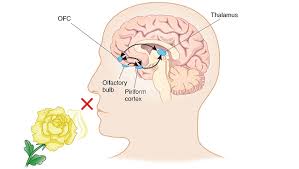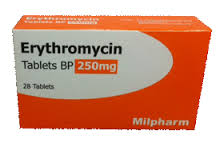
A new study shows that males seem to be worse off on a number of factors when they have myotonic dystrophy. Social economic ($$$$) money issues as well as from a health standpoint they do not do as well as females. The full study can be seen here Gender and Myotonic Dystrophy
SUMMARY
Our study revealed the multidimensional influence of gender in DM1. First, maternal inheritance was associated with longer repeat expansions and more severe phenotype, as previously reported [5, 6]. This has been attributed to marked DNA instability in the female germ cell lineage allowing additional triplets insertion during oogenesis [43]. Such instability also results to an anticipation in case of maternal inheritance, a phenomenon corresponding to earlier onset and more severe symptoms observed in successive generations [10]. Surprisingly, and in contrast to the general assumptions, we observed that fathers transmitted up to 9% of neonatalonset (mild or severe) forms and 50% of infantile forms, especially those with lower cognitive impairment. Another unexpected observation was that only a minority of overall DM1 patients(37%) had maternal inheritance, which is most unusual for an autosomal dominant inherited disease. It probably results from increased miscarriage and perinatal lethality observed in female DM1 transmitters.
The second gender difference implied an unequal prevalence of several DM1 signs and symptoms in men and women. These differences could not be accounted for overall quantitative male-to-female disproportion in our study population (considered in all statistical analysis),or for the age and genotype differences between the two groups. Men tended to have more obvious classical DM1 symptoms, combining cognitive impairment, marked myotonia,cardiac and respiratory involvement whereas women had more extra-muscular and lateonset manifestations, less suggestive of DM1, such as cataracts, obesity, dysthyroidism, G Isymptoms and sphincter dysfunction. The most poorly symptomatic patients were women,implicating occasional hidden DM1 transmissions by undiagnosed female mutation carriers.
In practice, the sex-related differential risks of developing specific manifestations may require sex-orientated care management, which should be specifically adapted for men (at higher risk of mechanical ventilation, respiratory failure or cardiac conduction defects,which could provide more frequent hospitalization and increased mortality according PMSI database) as well as for women (at higher risk of thyroidism, obesity, sphincter dysfunction,and cataracts). This gender disproportion suggests that women could be more carefulwith their own health. This is underlined by FDM-S survey showing a similar number ofannual routine visits to the cardiologist and pneumonologist for both genders, despite male have more cardiac and respiratory involvement, which should prompt more regular medical care. Altogether, the results highlight the importance of a greater awareness about preventive medical care in DM1 male individuals.






